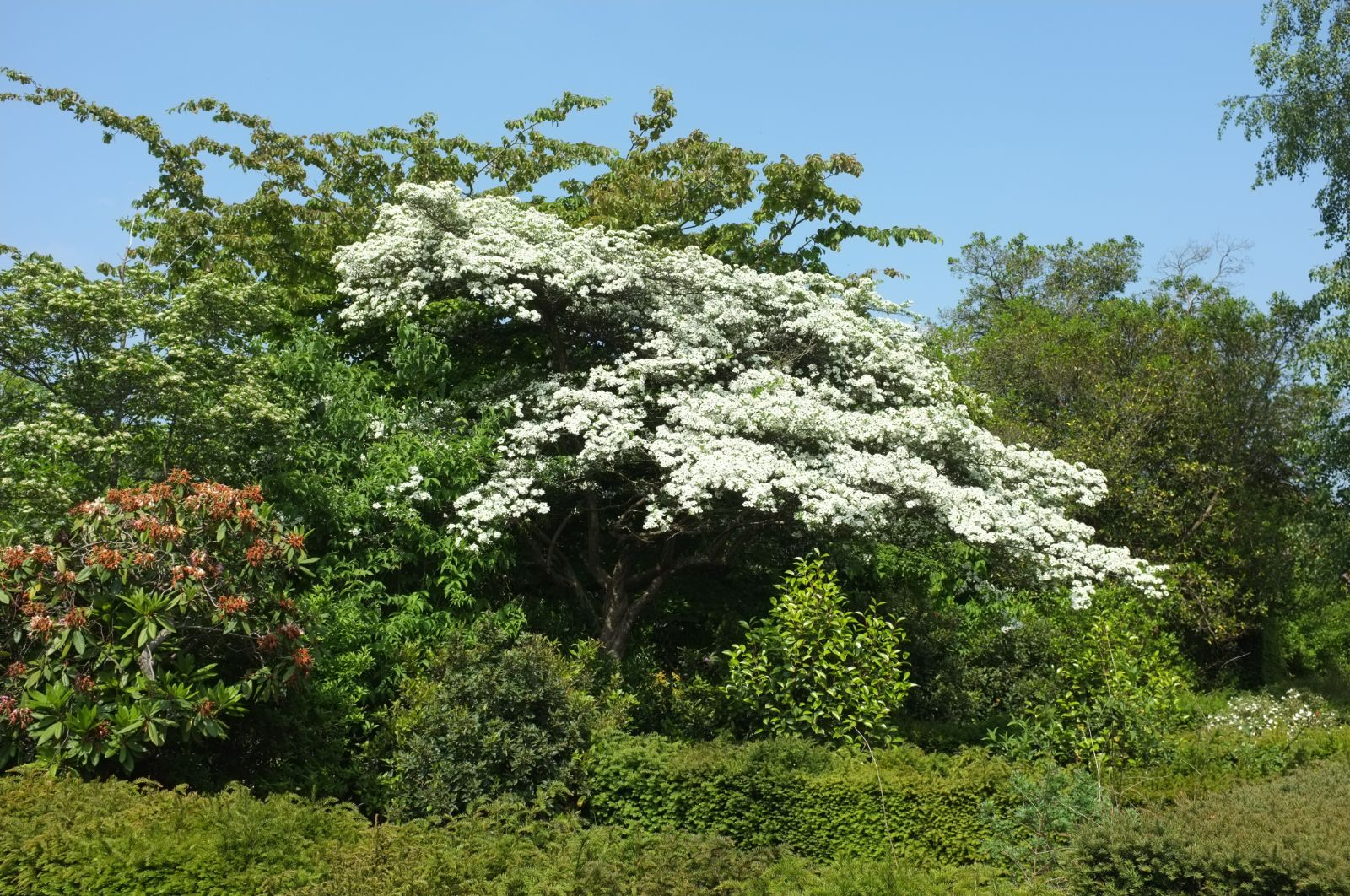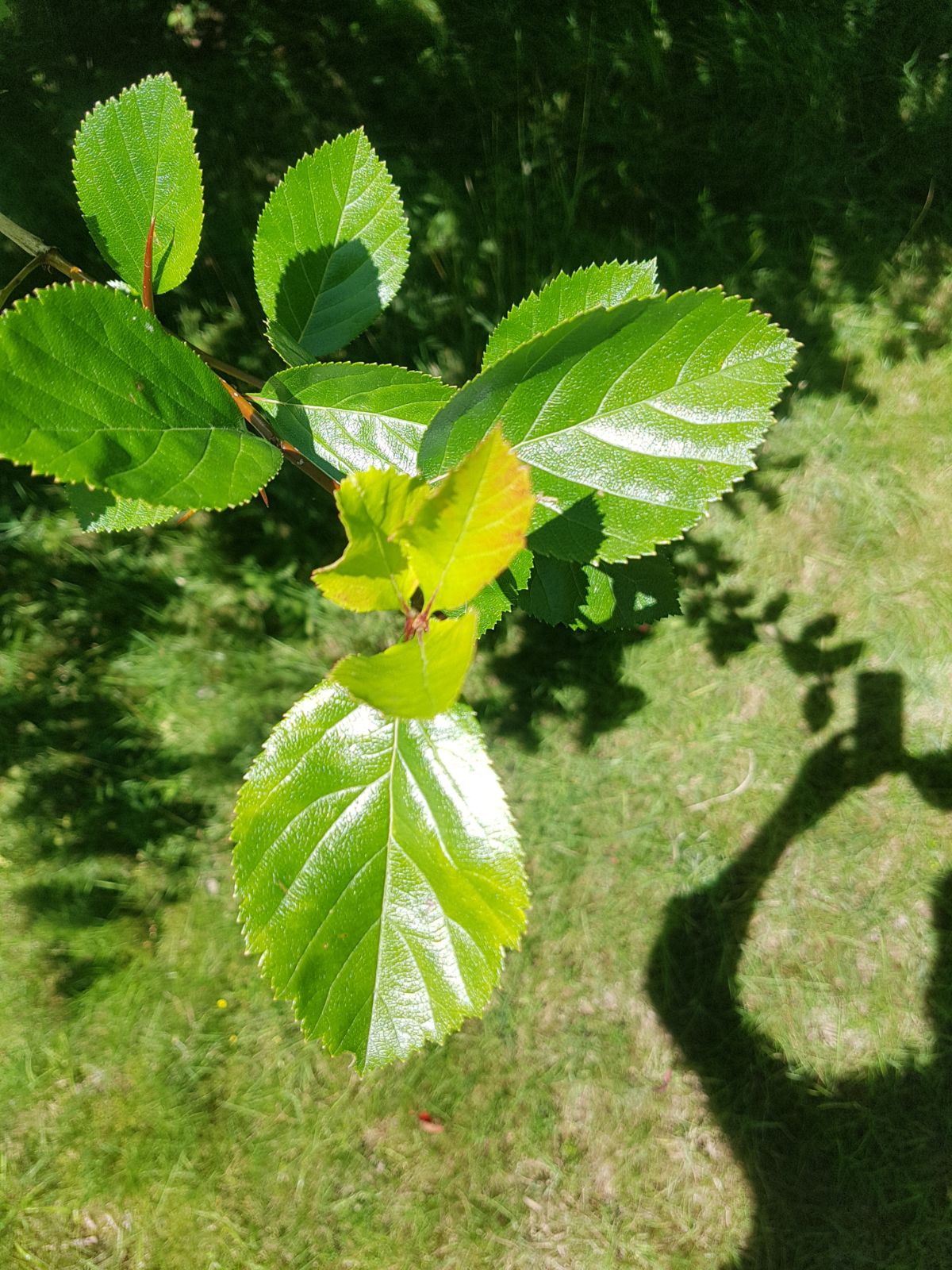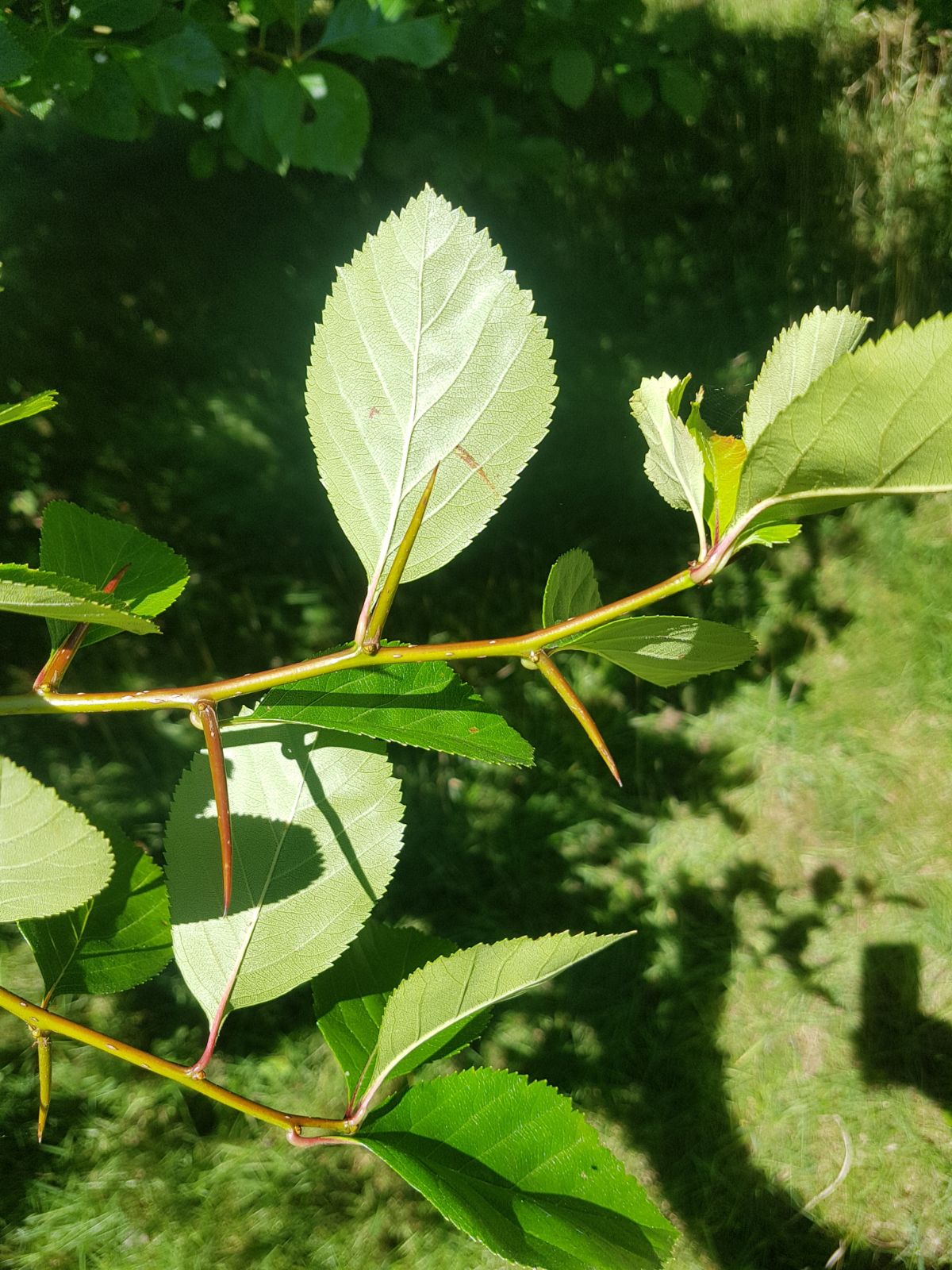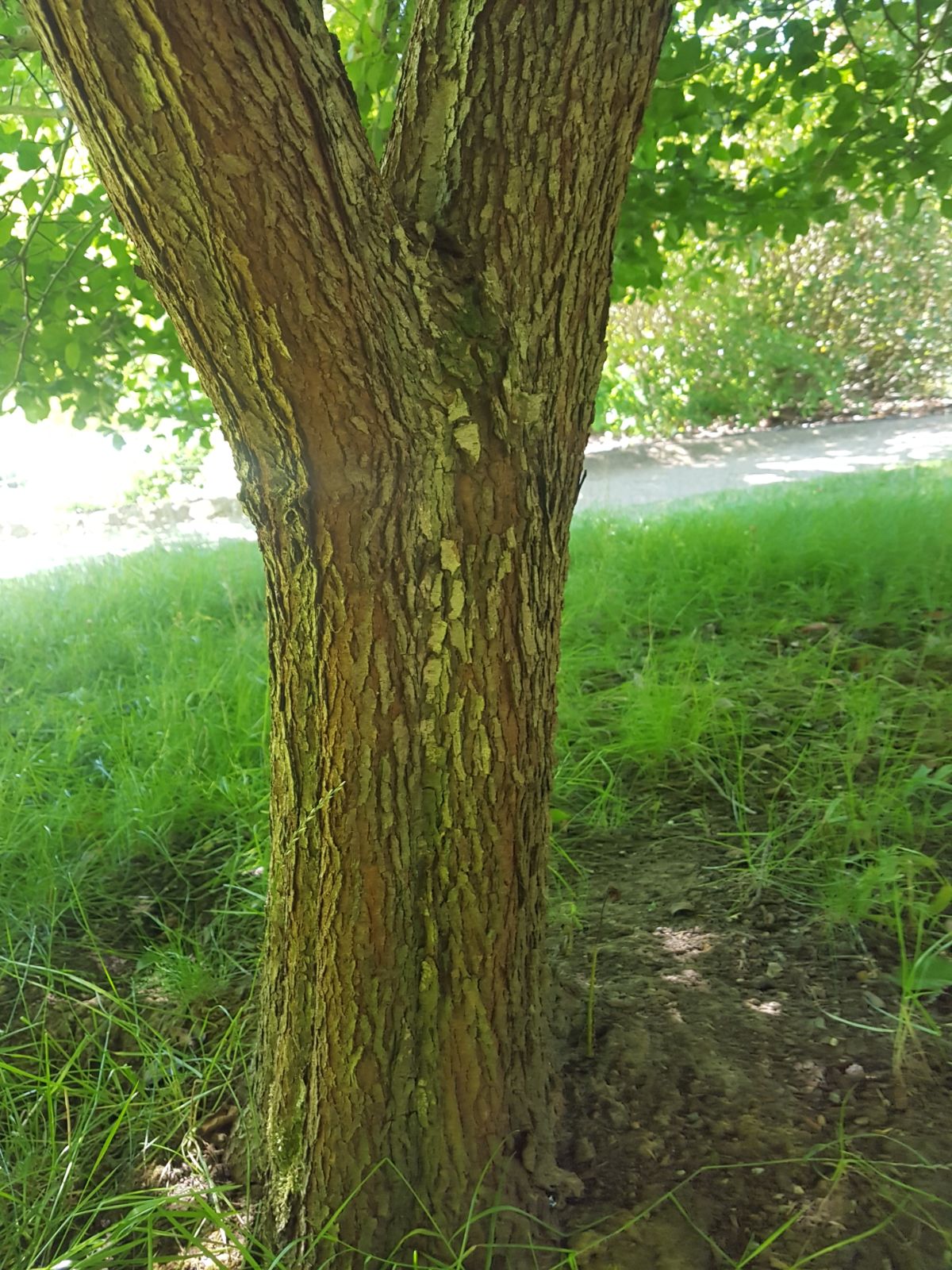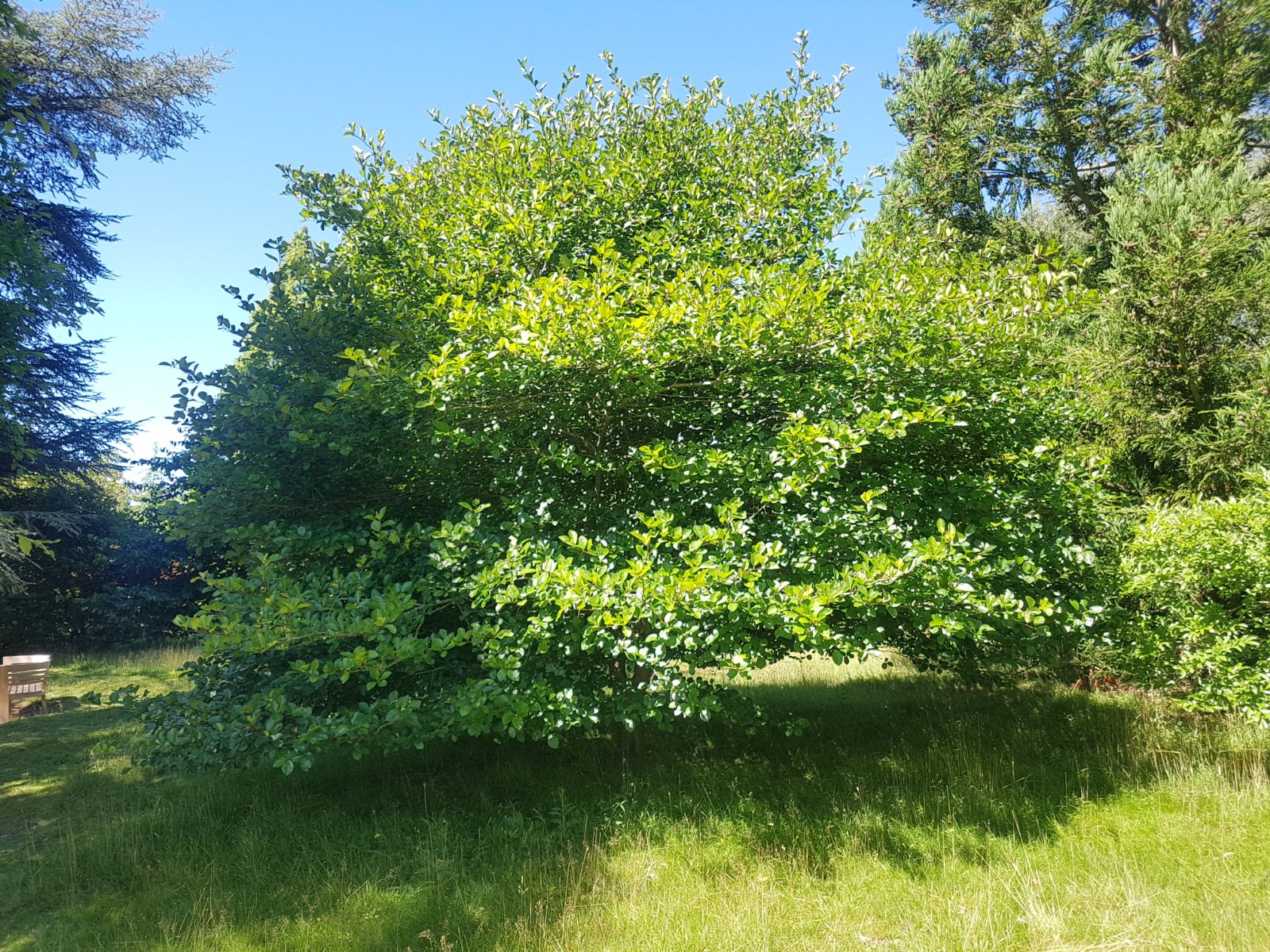Crataegus crus-galli
Sponsor
Kindly sponsored by
This genus has been sponsored and new text is being prepared.
Credits
Article from Bean's Trees and Shrubs Hardy in the British Isles
Recommended citation
'Crataegus crus-galli' from the website Trees and Shrubs Online (treesandshrubsonline.
Genus
Common Names
- Cockspur Thorn
Infraspecifics
Other taxa in genus
- Crataegus ambigua
- Crataegus apiifolia
- Crataegus aprica
- Crataegus azarolus
- Crataegus baroussana
- Crataegus brachyacantha
- Crataegus chlorosarca
- Crataegus chrysocarpa
- Crataegus chungtienensis
- Crataegus coccinioides
- Crataegus cuneata
- Crataegus × dippeliana
- Crataegus douglasii
- Crataegus dsungarica
- Crataegus durobrivensis
- Crataegus flabellata
- Crataegus flava
- Crataegus henryi
- Crataegus heterophylla
- Crataegus intricata
- Crataegus jozana
- Crataegus laevigata
- Crataegus × lavallei
- Crataegus macracantha
- Crataegus marshallii
- Crataegus mexicana
- Crataegus meyeri
- Crataegus mollis
- Crataegus monogyna
- Crataegus nigra
- Crataegus oliveriana
- Crataegus orientalis
- Crataegus oxyacantha
- Crataegus pedicellata
- Crataegus pentagyna
- Crataegus phaenopyrum
- Crataegus pinnatifida
- Crataegus pruinosa
- Crataegus prunifolia
- Crataegus pseudoheterophylla
- Crataegus punctata
- Crataegus sanguinea
- Crataegus spathulata
- Crataegus stipulacea
- Crataegus succulenta
- Crataegus tanacetifolia
- Crataegus tomentosa
- Crataegus uniflora
- Crataegus viridis
- Crataegus wattiana
- Crataegus wilsonii
A small, usually more or less flat-topped tree, with spreading, often horizontal branches; young shoots quite glabrous; thorns rigid, 11⁄2 to 3 in. long, ultimately twice as long, and branched. Leaves obovate, always tapered and without teeth towards the base, the apex toothed, rounded or abruptly pointed; 1 to 4 in. long, 1⁄3 to 11⁄2 in. wide; dark glossy green and perfectly glabrous; stalk 1⁄4 to 1⁄2 in. long. Flowers white, 2⁄3 in. across, produced in June on smooth-stalked corymbs 2 to 3 in. wide; stamens ten, anthers pink; styles usually two. Fruit nearly globose, 1⁄2 in. diameter, deep red.
Native of eastern N. America; introduced in 1691. This beautiful and distinct thorn has much to recommend it. Its habit is striking and picturesque, it blossoms freely, its leaves change to brilliant scarlet in autumn, and its fruits, ripening in October and persisting until spring, make one of the brightest of early winter pictures. The species is, moreover, one of the hardiest and most thriving of its kind.
From the Supplement (Vol. V)
The true species is rare in gardens. What usually passes under this name is C. prunifolia ‘Splendens’.
C berberifolia Torr. & Gr
A species related to C. crus-galli but amply distinguished by the downiness of the young parts and the yellow anthers. A native of the southern United States. It has been cultivated at Kew since 1878 and in spite of its southern habitat is quite hardy, although of no particular merit.C canbyi Sarg
A large shrub or small tree to 20 ft high, with a broad, open crown. In foliage it resembles C. crus-galli but the leaves are relatively broader, with their widest diameter near the middle. It also differs in the more lustrous fruit, with bright red flesh.C fontanesiana (Spach) Steud.
Synonyms
Mespilus fontanesiana Spach
C. olivacea Sarg

